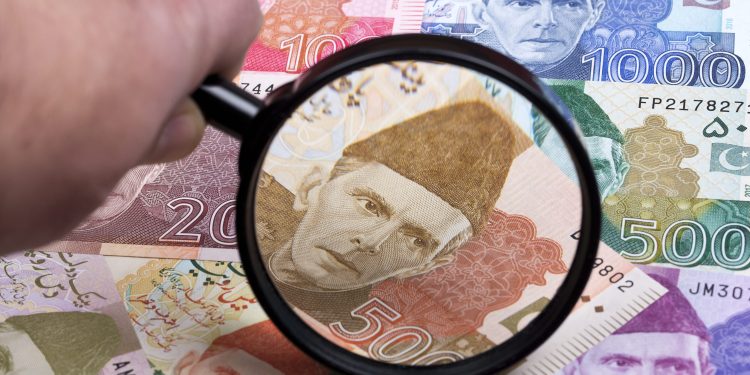The whimsical nature of the global economy has a trickle-down effect that has resulted in a series of weak economic data in the various countries. Pakistan, being one of the victims, has witnessed unprecedented rate of inflation, price hike & escalation in the past few weeks.
From 2008 to 2019, it took a decade for the dollar’s value to increase twofold, rising from 75 to 150 rupees. In contrast, in the period from May 2021 to the present, it took less than two and a half years for the dollar to double in value once more.
In the past four years, electricity costs in Pakistan have surged by more than 90 percent. The compounding factors of a strengthening dollar, escalating interest rates, and a combination of inefficient and delayed policymaking in our nation have collectively evolved into a formidable challenge, with its impact growing increasingly severe with each passing day.
In recent years, income levels within the nation have either remained stagnant or, in most cases, experienced a decline. According to Steven Hanke from Johns Hopkins University, the actual inflation rate in Pakistan is estimated to be around 50 percent, which is twice as high as the figures officially reported by the government. This estimate seems accurate when considering the significant erosion of our purchasing power.
The notion that conventional economic theories no longer hold in today’s tumultuous world appears to be gaining traction. Pakistan is currently grappling with a stagflationary cycle, reminiscent of the 1970s when it upended established economic doctrines. For nations like Pakistan, the challenge lies in the import-driven growth model.
Given the ongoing energy crisis, our manufacturing sector is teetering on the edge of insolvency. In the previous year, 20 out of the 22 Large Scale Manufacturing (LSM) sectors recorded double-digit declines. Now, the International Monetary Fund’s (IMF) Stand-By Arrangement (SBA) requires the government to reduce their deficit, which can be achieved through two primary means: augmenting revenue (via taxation) and restraining expenditure.
Pakistan’s headline inflation stood at 27.4% on a year-on-year basis in August, the Pakistan Bureau of Statistics (PBS) said on Friday. It was up 1.7 per cent on a month-on-month basis. In June, the Consumer Price Index (CPI) rise was 28.3% year-on-year, coming off a record 38% in May.
Furthermore, the country seems to be facing issues the solution of which lies outside the country’s control. The Energy Policy Institute at the University of Chicago (EPIC) has published a report stating that air pollution in South Asia, including countries like Bangladesh, India, Nepal, and Pakistan, can reduce life expectancy by over five years per person. This region, known for its severe pollution, accounts for more than half of the global loss in life years due to pollution. Rapid industrialization and population growth have worsened air quality in South Asia, with particulate pollution levels now more than 50 percent higher than at the beginning of the century. Bangladesh is the most affected, with individuals potentially losing 6.8 years of life on average. India is responsible for 59 percent of the world’s pollution increase since 2013.
Achieving World Health Organization-recommended air quality levels could extend global life expectancy by 2.3 years, benefiting billions of people. The report underscores the need for governments to provide accessible air quality data to address global disparities in combating pollution, highlighting China’s progress in reducing pollution by 42.3 percent between 2013 and 2021.
The developing world/Global South as a whole is facing multiple issues and the crisis in Pakistan is just a reflection of deep rooted problems. Developing countries are pushing for a minimum annual funding target of “at least” $100 billion by 2030 to address the loss and damage caused by climate change, particularly in South Asia.
This proposal, put forth by 14 developing countries participating in discussions on a new international loss and damage fund, responds to a UN-commissioned report estimating climate-related loss and damages could reach $150-300 billion annually by 2030. Despite being seen as a modest figure compared to the actual need, $100 billion is considered an appropriate starting point for negotiations. The talks, which are held behind closed doors, also revolve around issues like fund governance, the sources of contributions, and the criteria for receiving assistance.
Debt levels have hit unsustainable levels given the rising rates in the developed countries while Ukrainian war has shocked the global food supply chains. Another important trend is that of mass migration where people from Africa, Asia and other countries tend to be moving towards better opportunities. This is a topic for another article.
I speak more about this on Monday Macro View












